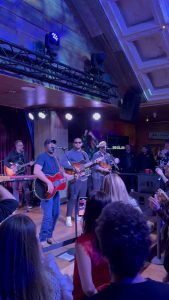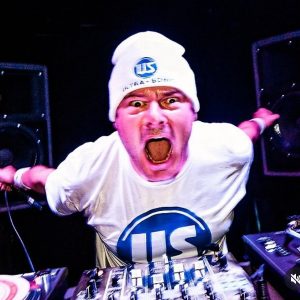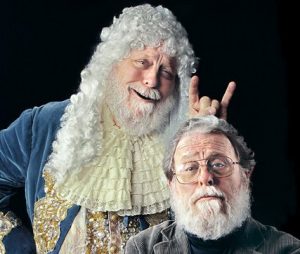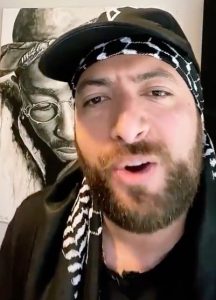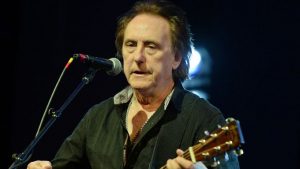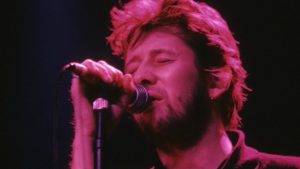Jung Ho-seok, popularly known by his stage name J-Hope, is a South Korean rapper, songwriter, singer and record producer. Under the banner of Big Hit Entertainment, he made his debut as a member of the South Korean boy band Bangtan Sonyeondan (BTS). Ho-seok is one-seventh of the world’s most powerful pop group BTS and writes one-third of the rap lines for the band. He is a songwriter alongside RM and Suga.
K-pop, which is the South Korean genre of popular music that has become very fashionable in recent times, with every industry featuring hip-hop somewhere in the midst. But, J-Hope and his band BTS are the first-class singers in the field. RM, Suga and J-Hope write rap lines like no one else, as they also draw greatly from America’s hip-hop traditions, while giving some great songs to the world.
Also Read: BTS star V’s fans raise $1 million to make him feature on Burj Khalifa
But, How did J-Hope become so popular? And how did he start his journey to become one of the biggest pop stars the world has seen.
There’s a little that the world knows about Ho-seok. He never found visual arts to be his calling at first, but attended an arts school in kindergarten just because it was nearby his house in Gwangju. In third grade, he actively took dancing classes and pleaded his parents to learn more as he progressed in his school life.
Later, Ho-seok became an accomplished street dancer with a team he joined while at junior high school called “Neuron” on YouTube. Eventually, his passion and desire to perform led him to pursue his career as an artist, which in turn led him to audition for the K-pop powerhouse JYP Entertainment.
In 2010, the 16-year-old dancer passed his audition with Big Hit Entertainment and joined BTS, where he would learn to rap and sing. Ho-seok finally decided on the stage name of “J-hope” with RM and Bang. In particular, J-hope was still evolving as an emcee. Before auditioning for Big Hit, he wasn’t an underground rapper like RM, and Suga was—as a matter of fact, he wasn’t really a rapper at all. He has mastered the skill both from lessons and interactions with his far more seasoned peers, who also express themselves in rhythmic form outside of music as young rap fans do in America.
Also Read: Witness the ‘Marvel-ous’ Elizabeth Olsen win hearts with these performances
When it was time for the debut, the burden was on BTS to firm up their stage routines; the role demanded a special dedication on the part of the man chosen as their dance chief, which required great athleticism and energy as well. According to the rapper, he shot continuously for the song “We Are Bulletproof, Pt. 2” for three months everyday to get it done with. In an interview, he also said that, “I even collapsed on occasion and I injured myself a lot.” But his dedication for performing, and for the project he’d committed to, superseded all: “It feels like all our efforts and hard work until now have paid off.”
Here’s his song “We Are Bulletproof, Pt. 2”:
And after all, J-Hope and his band received enormous success, becoming the largest group in the world. They broke multiple records for South Korean album sales, won every bug prize at the award shows and became the best selling album in 2019 worldwide for quite a time that year. They also accounted for $5 billion of South Korea’s GDP, competing Samsung and Hyundai.
The roots of hip-hop lie in dance as much as they do in rap. DJs cut the breakbeats to motivate the groups, after which both the casual partaker and the professional breaker will meet for hours to come. Via his commitment to both forms, J-Hope is explicitly appealing to the values of the world’s most significant cultural movement.
Also Read: Guess who Buzzy Lee is? Hint, she has nothing to do with Bruce Lee
Thanks to the combined strength of BTS fans and fans of well-known urban artist Becky G, as well as the clever Tik Tok dance challenge, “Chicken Noodle Soup,” J-Hope became the youngest Korean artist to hit Billboard Hot 100, the fastest on the iTunes list, and the first Korean artist to cross Spotify’s 2 million followers.
He has also done a freestyle for El Chapo’s instrumental “1 VERSE.” Some of his best songs include Daydream, Piece of Peace (POP) and Airplane.
As hip-hop continues to strengthen, and as new rappers continue to drive the genre beyond perceived limits, the traces of its roots remain in sight. But we, as fans, would fail to find them if we don’t open ourselves up to new possibilities. And all we will need is rappers like J-Hope.

